Significant implications of and recent progress made in iCVD-based technologies in three fields: electronic devices, surface engineering, and biomedical applications are discussed.


Significant implications of and recent progress made in iCVD-based technologies in three fields: electronic devices, surface engineering, and biomedical applications are discussed.

Researchers from the King Abdullah University of Science and Technology, Saudi Arabia, have developed a wavy architecture for thin-film transistors using amorphous oxide zinc oxide (ZnO) as the active channel material. The device achieves both high resolution and fast frame rate display technology.
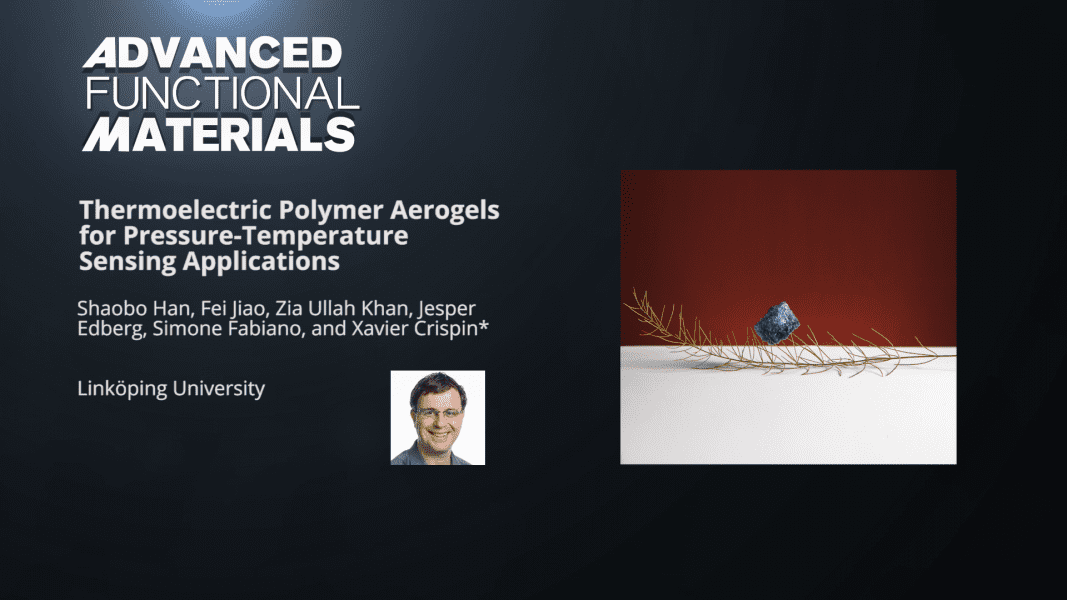
Xavier Crispin and co-workers from Linköping University, Sweden, report a thermoelectric polymer aerogel with dual-sensing capability. This single-material device can deliver independent pressure and temperature assessments.

Novel process facilitates production of high-voltage cathodes for lithium-ion batteries.
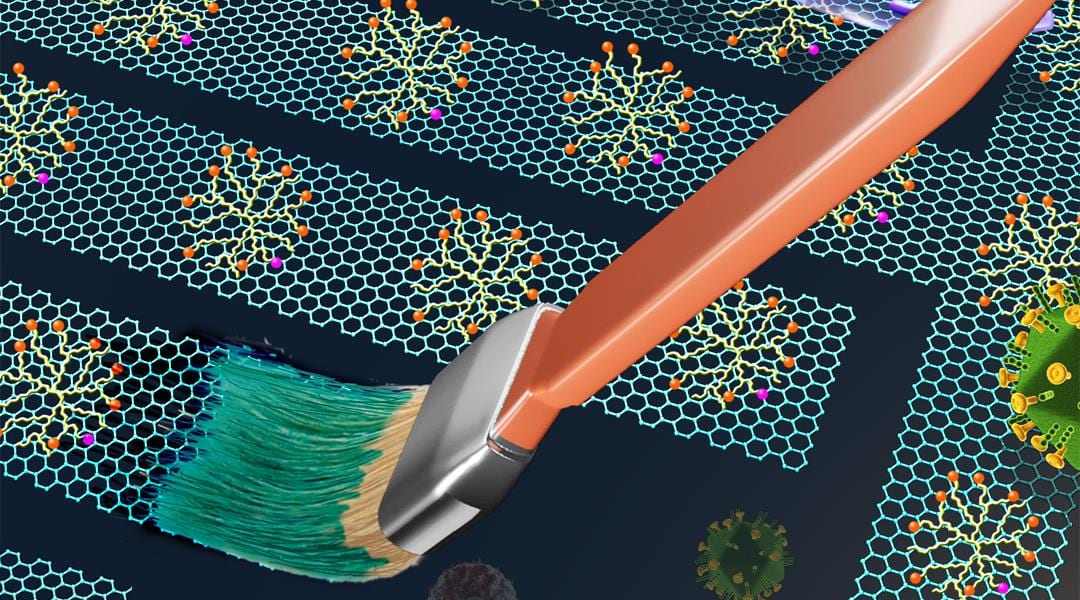
Flexible graphene nano-inks with an excellent bioactivity pave the way for next generation biomedical applications.
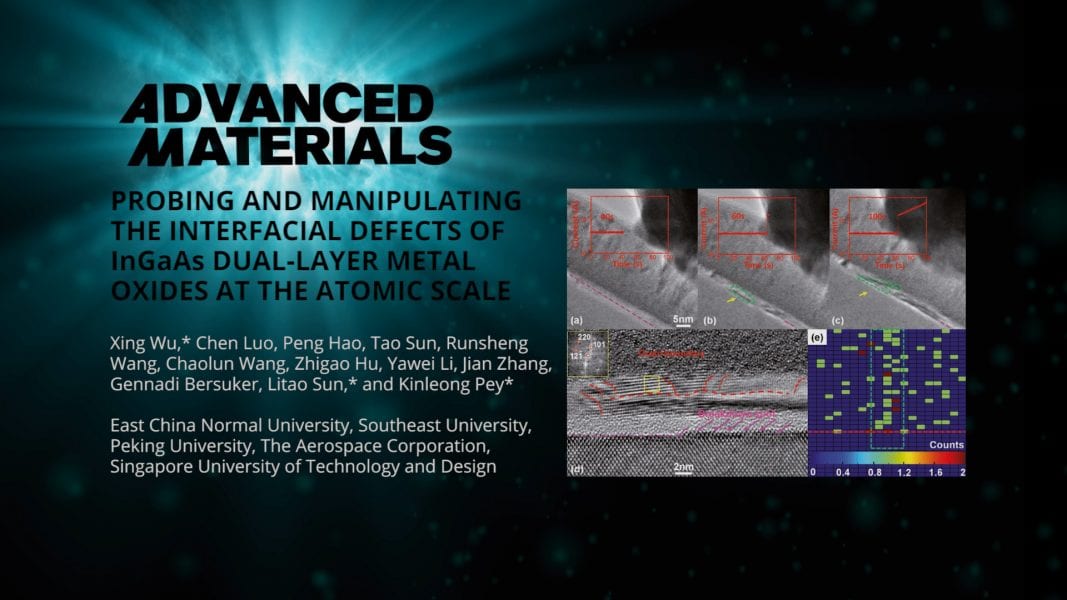
A team of researchers use in-situ transmission electron microscopy (TEM) to record the dynamic evolution of structural and electrical interfacial properties of zirconium dioxide films on aluminum oxide and indium gallium arsenide (InGaAs) substrates. This investigation paves the way towards faster, more efficient high-speed electronic devices.
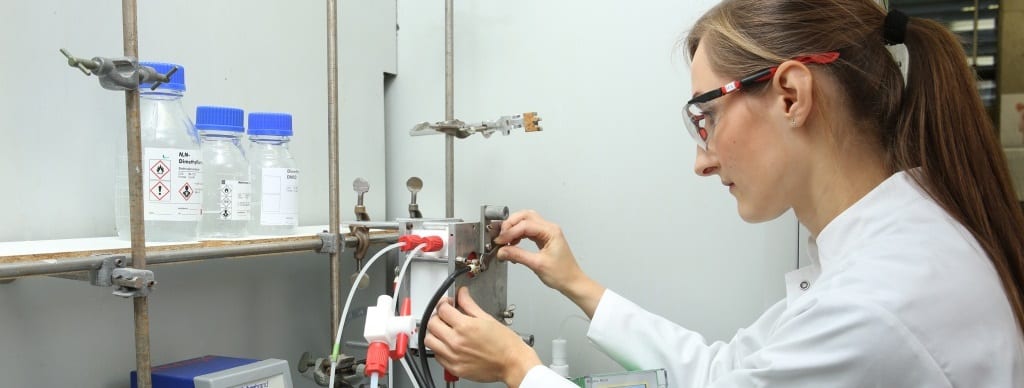
Waste from paper and pulp industry supplies raw material for the development of new redox flow batteries.
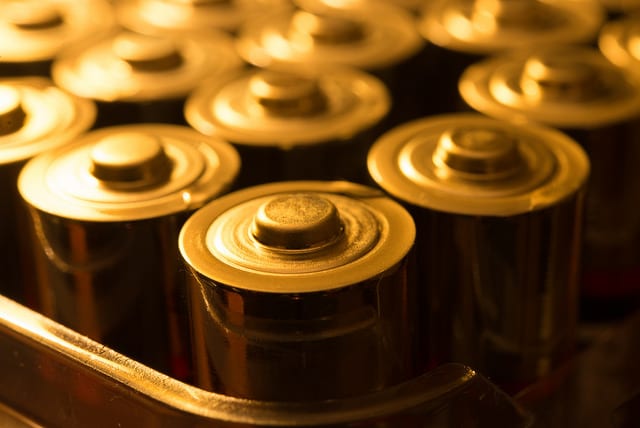
Batteries from a variety of manufacturers are examined using high-speed X-ray imaging to determine their failure mechanisms during thermal runaway.

A new printing method produces flexible graphene microsupercapacitors with a planar architecture, suitable for integration in portable electronic devices.

Via a bottom-up approach this research shows the production of scalable, stable InGaN nanowire photonic crystals for high efficient LEDs.